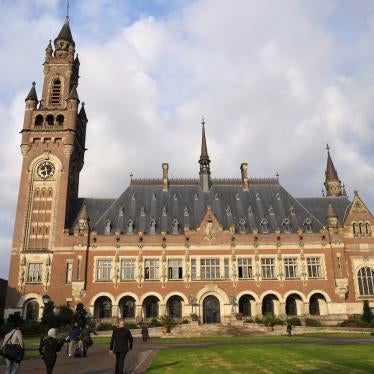The Philippine Department of Education this week rejected a proposal to distribute condoms in public high schools. The proposal, made by the Department of Health, was an overdue response to the country’s worsening human immunodeficiency virus (HIV) epidemic, and its rejection will hurt efforts to slash new HIV infections.
In December, the Philippines recorded an average of 24 new HIV infections per day, and 29 percent of this group were ages 15 to 24.
The Education Secretary Leonor Briones tried to justify the rejection, saying children under 18 need parental consent to receive condoms and other contraceptive products. This contradicts Briones’ December announcement that condom distribution would proceed in 2017.
Briones’ flip-flop is consistent with the education department’s inadequate response to the HIV crisis, despite efforts by some teachers to address the dangerous absence of HIV prevention education in schools. Previous education secretaries have mostly ignored the issue, despite official data indicating the Philippines has one of the fastest-growing HIV epidemics in the Asia-Pacific region. Data also shows that Filipino adolescents – particularly men who have sex with men – have some of the fastest growth rates in new infections.
The derailment of the condom distribution plan also reflects the efforts of conservative lawmakers, led by Senator Vicente Sotto III. Sotto has argued that condom distribution in high schools only encourages students to “indulge in sex,” despite compelling evidence to the contrary. The Catholic Church has also relentlessly attacked the proposal to make condoms available in high schools.
The Philippines needs to address this HIV crisis, but arguments that ignore science will only increase the likelihood of HIV transmissions among young Filipinos. It’s up to the Department of Health to override these barriers to condom access and for the Department of Education to implement its long-delayed Comprehensive Sexuality Education program, which includes modules on safer sex education and HIV prevention. Until that happens, young people will continue to be at needless risk of HIV infection.










